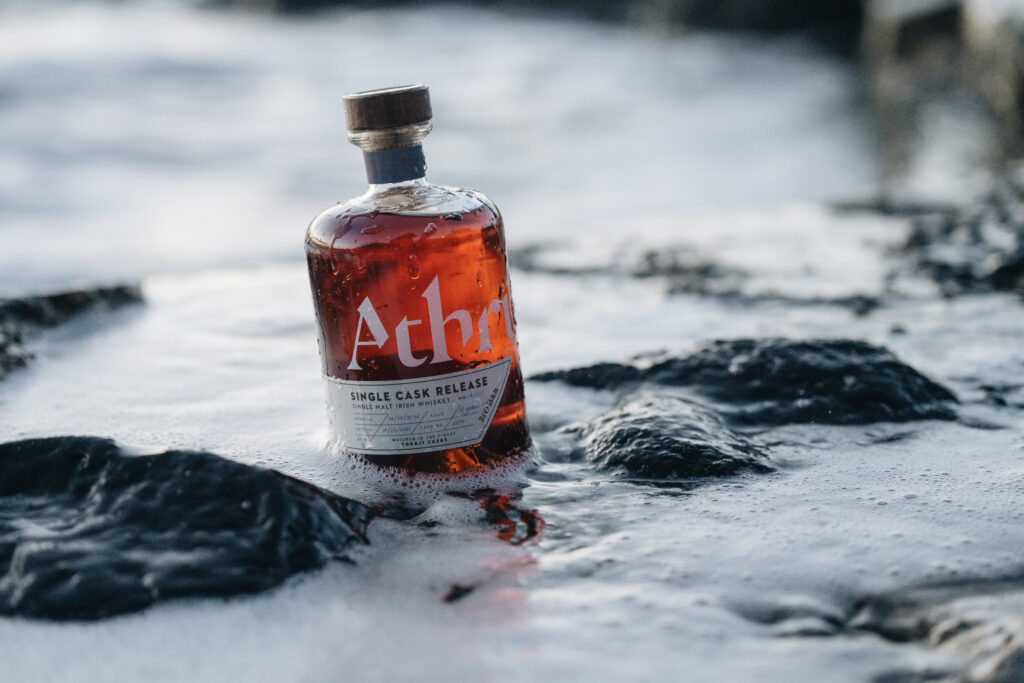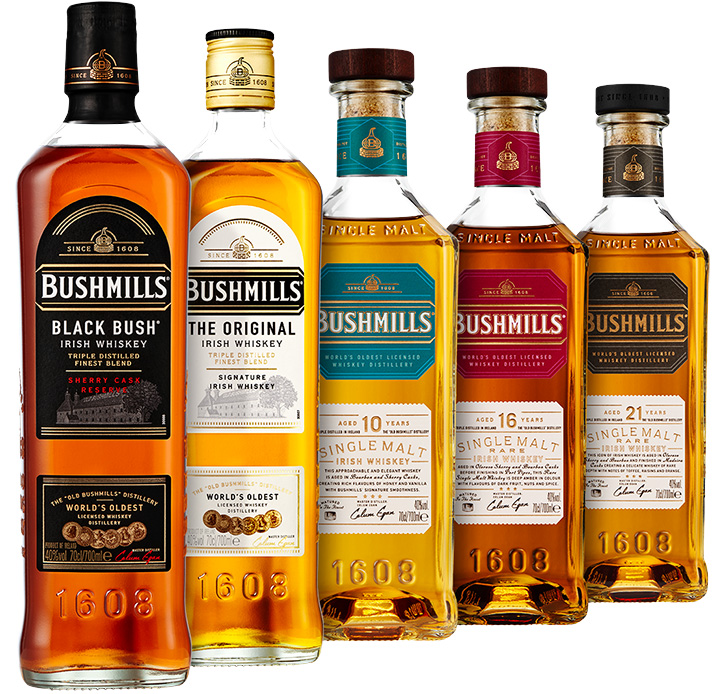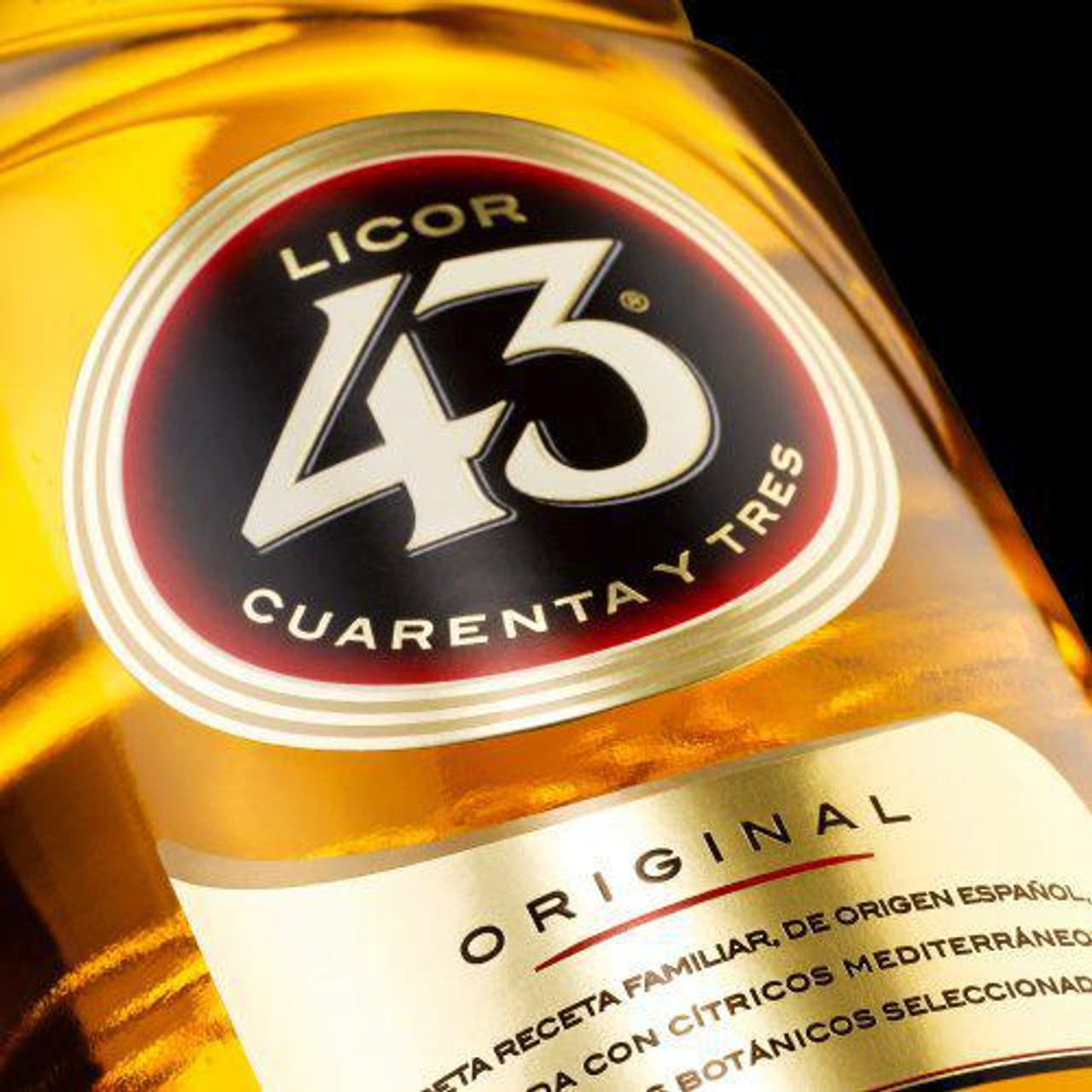Everything you didn’t know about whisky
It happens to all of us sometimes (or more often). It’s the weekend and you’re sitting on the couch and suddenly you feel like having a drink. There are so many different choices, but your choice quickly goes out to whisky. Is that surprising? No! Whisky is currently the most consumed spirit in the world. Nowadays, whisky is produced all over the world, with Scotland and Ireland in the lead. But who invented whisky and do you know how whisky is actually made?
Table of Contents
When and where was whisky invented?
Before we can talk about the invention and history of whisky, there is a whole history of distillation processes that preceded this. The art of distillation originated in 2000 BC in an area that is now known as Iraq and Syria, at the time it was called Mesopotamia. Distillation wasn’t used to produce spirits at the time. Instead, perfume was made.
The first written mention of distillation was made by the ancient Greek philosopher Alexander of Aphrodisiac in 100 AD. He describes the process of taking sea water and distilling it into pure drinking water. The knowledge of distillation spread to Europe in 500 – 1000 AD, along with the traveling Moors.
Whisky originated over 1000 years ago, around 1000 – 1200 AD, when distillation made the migration from mainland Europe to Scotland and Ireland. Lacking the vineyards and grapes of the continent, the Scottish and Irish monasteries turned to fermenting grain mash, resulting in the first distillations of modern whisky. Impressed by the distillation technique, they brought it to Ireland where they explored the possibilities with this technique. The first drink that came close to whisky was made of barley and water. However, the drink was still too strong and wasn’t matured in barrels long enough. It was called aqua vitae.
Looking at the history of Scotch whisky, we can say that by 1494, distilling whiskey was in full swing in Scotland, as evidenced by an entry in the Exchequer Rolls. The oldest whiskey distiller worldwide is the Old Bushmills Distillery in Northern Ireland (1608).
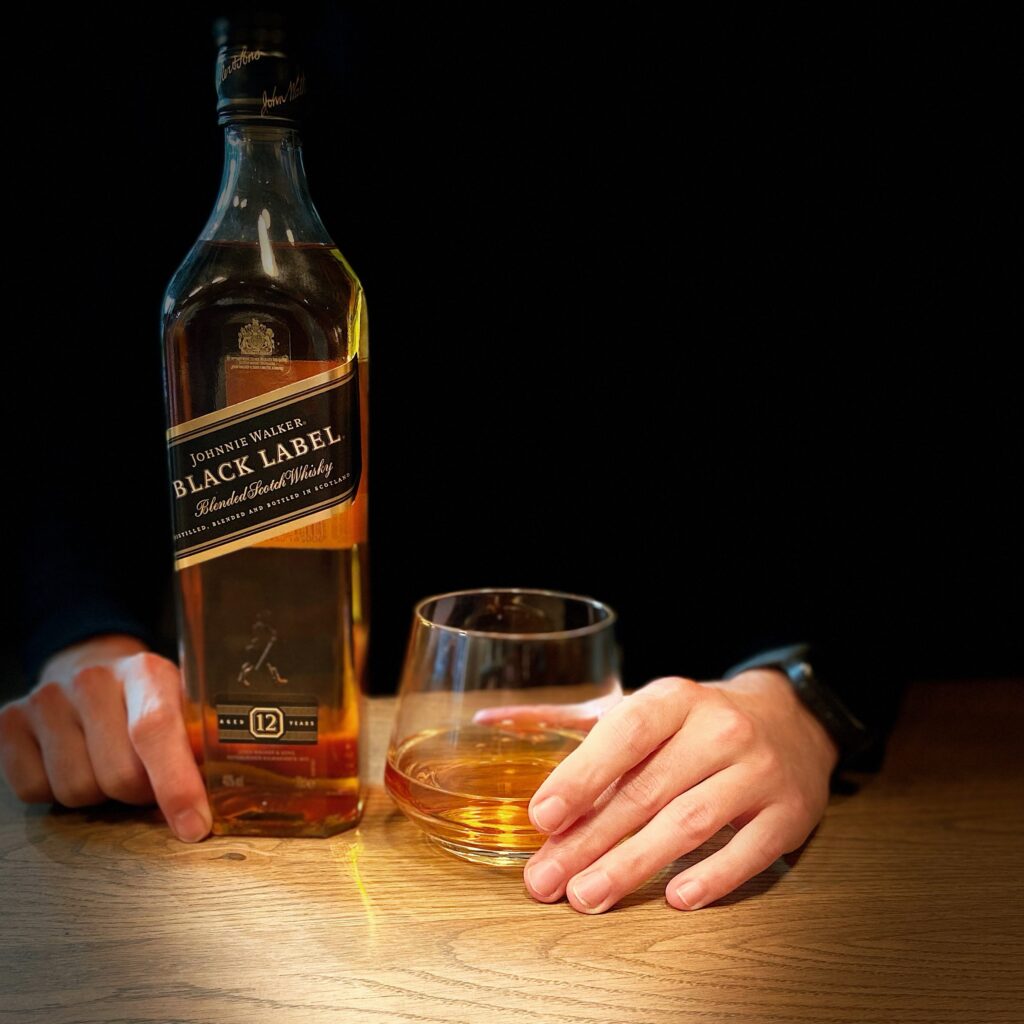
How whisky is made
There are several preceding steps before whisky ends up at a whisky wholesaler. First, we’ll explain how whisky is made. The only ingredients that are used in the production process of whisky are grain, water and yeast. But how is whisky exactly made and is it an easy spirit to make? Surprisingly, it takes more time and effort than you think. We’ll walk you through the process step by step.
1. Malting
The production process of whisky begins with the malting of barley. Barley contains starch, which must be converted into sugar. Two crucial things happen here: after having soaked in warm water for 2 to 3 days, the barley germinates. It is then dried on the malt floor where the starch is converted into sugar. Germination stops when the barley is placed in a drying oven (klin) before it is milled.
2. Mashing the whiskey
The milled barley is mixed with hot water in a mixing vessel, also called a ‘mash tun’. The quality of the water used also influences the final product as the water sometimes contains minerals or has been influenced by the soil type. Being the basis for alcohol, the substance called ‘wort’ is created during this process. The process is usually repeated three times with increasing temperatures.
3. Fermentation
The wort that is created gets cooled and collected in large vessels, also known as ‘washbacks’. This is where the fermentation process of the whisky takes place. The yeast causes the present sugar to turn into alcohol.
The resulting liquid, which still has a very low alcohol content (around 6%), is called the ‘wash’.
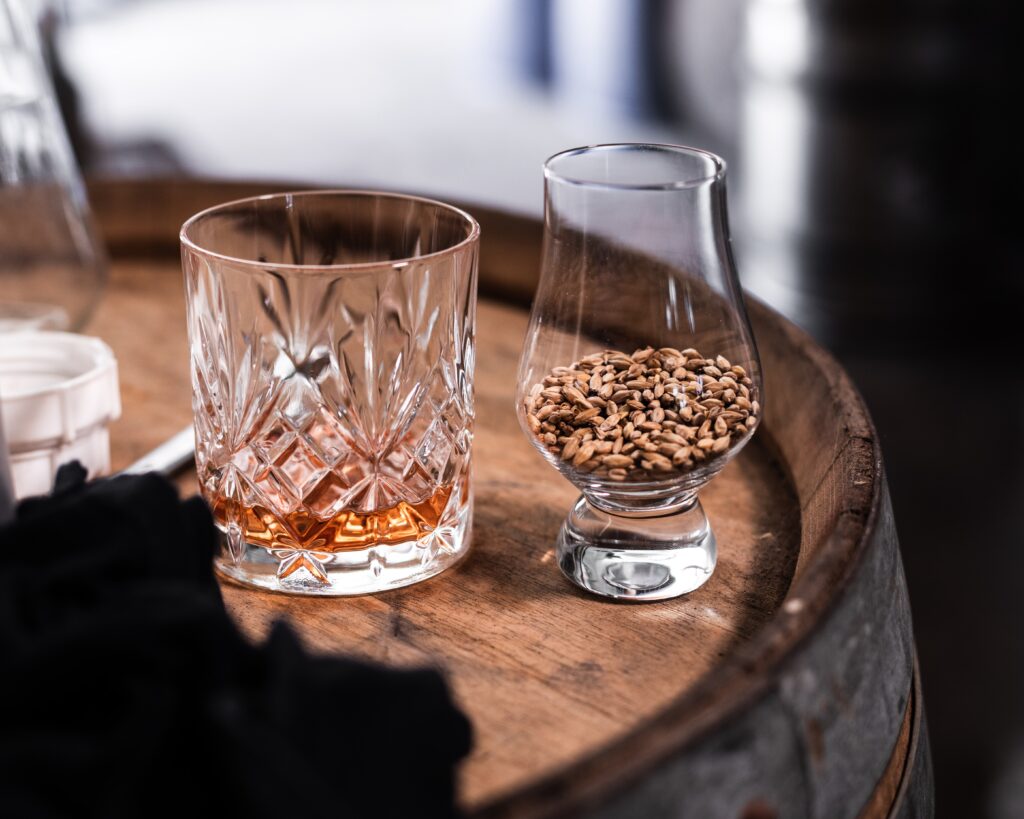
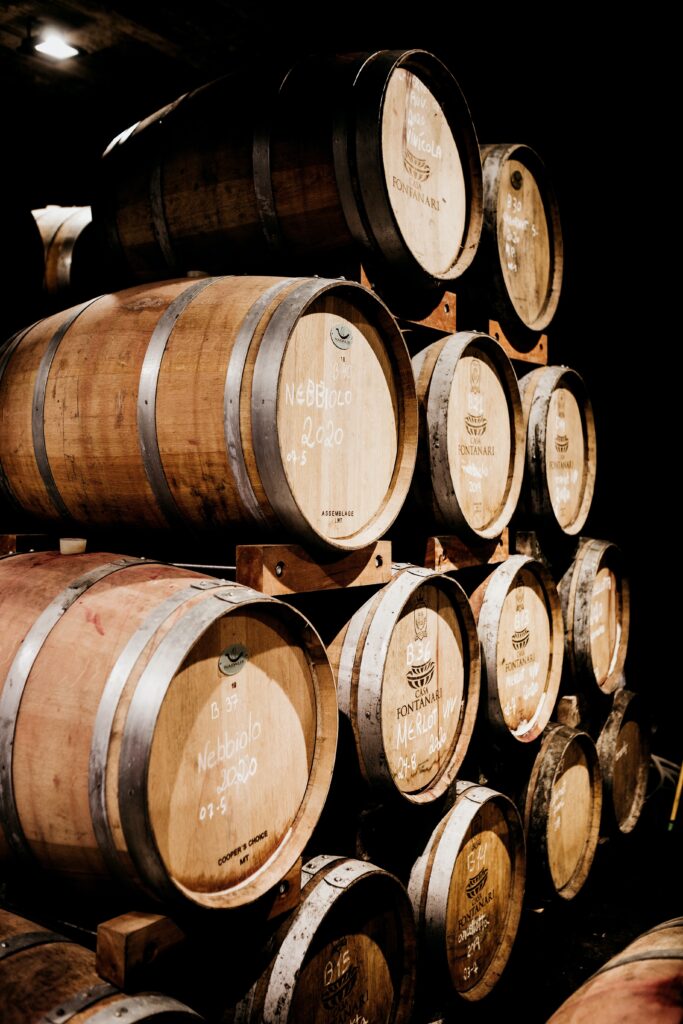
4. Distilling
The liquid wash is heated in two copper stills, the pot still and the spirit still. In brief, distillation is the process of separating the water and alcohol. Scotch is made by distilling twice, while in Ireland it is preferred to distill three times. The process in the stills:
- The wash is heated in the pot still. The liquid evaporates and rises until it reaches the neck of the pot still where it condenses. This first substance contains just over 20% alcohol and is called ‘low wine’.
- The low wine is moved to the spirit still. The produced alcohol will be divided into three parts. Only alcohol from the middle of the still is used to make whiskey. This has an alcohol content of 65-70%.
The final flavor and character of the whiskey depends on the shape of the pot still. Stills with long “necks” produce finer and smoother flavors. Short and wider stills give fuller and richer flavors.
5. Maturation
During the years that the whisky matures in barrels, it develops its color, aromas, and complexity. The distillery determines the final duration of the maturation process of the whisky and chooses what kind of barrels to use.
Although the barrels are tightly sealed, 2% of the alcohol still evaporates every year because they are not completely airtight. The taste of the whisky is also influenced by the conditions outside the barrels. Athrú‘s whiskies, for example, taste like the fresh Atlantic air because of the place where it’s made. Many distilleries are located by the sea, so the sea air and its accompanying temperatures influence the character of the final whisky.
6. Bottling
By now we have arrived at the final step in the production of whisky. After years of maturation, the whisky is finally ready to be drunk! Before it reaches the end consumer, of course, the drink has to be bottled first.
Whisky or whiskey, Scotch whisky vs Irish whiskey
Is it whisky or whiskey? It’s often used interchangeably. The earliest direct record of whisky production can be found in Scotland in 1494. In Scotch Gaelic the drink used to be called ‘uisce beatha’, while in Irish Gaelic it was called ‘Uisge Beatha’, both meaning ‘water of life’. Its pronunciation, ‘oesjkibah’, was found very difficult by the English. Therefore, it was shortened to ‘uisgy’ and subsequently further corrupted to whisky/ whiskey.
In Ireland and the United States, the drink is written as ‘whiskey’. As whiskey was primarily introduced to the United Stated by Irish immigrants in the 18th century, the American ‘whiskey’ kept the Irish ‘e.’ The Scots and Canadians spell it like ‘whisky’ without an ‘e’.
Scotch Whisky vs Irish Whiskey, these are one of the most well-known classifications in whisky. But are there any other major differences besides the spelling? The differences between Scotch whisky and Irish whiskey are that the Scots use malted barley in the production when making whiskey (full and heavy flavor), while Irish whiskey is made of a combination of malted and unmalted barley and is known for its smooth taste. The number of times distilled also influences the flavor, where the Scots distill twice the Irish choose to distill three times.
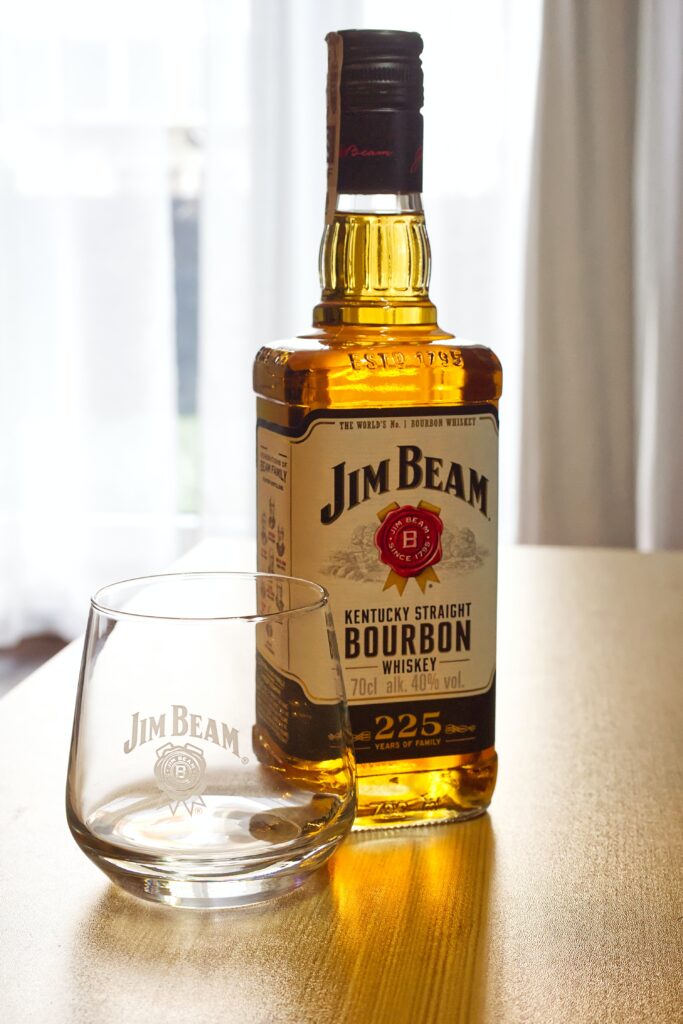
Types of whisky
There are many different types of whiskey produced worldwide. A commonality of all whiskey types is that they all contain at least 40% of alcohol. Yet, there are also many differences. The different types and their differences are the following:
Single Malt Whisky
Single malt whisky is known as the most prestigious whisky type of all. The requirements are that the whiskey must be made from malted barley and comes from one distillery, hence the word ‘single’ in the name.
Blended Whisky
Most whiskies produced worldwide are blended whiskies. Characteristically, the whisky is composed of a blend of whiskies from two or more distilleries. Good to know is that blended whisky is a mix of approximately 40% single malt whiskies and 60% grain whiskies.
Blended Malt Whisky
A blended malt whisky is a blend of two or more single malt whiskies from two or more distilleries. So, the difference with a regular blended whisky is that only different single malt whiskies are mixed.
Single Grain Whisky
A single grain whisky is a grain whisky that comes from one distillery. There is more freedom in the production because different grains can be used rather than only malted barley.
Single Cask Whisky
Single cask whisky is made and bottled from one cask. It’s listed on the bottle as ‘single barrel’ or ‘single cask’.
Bourbon Whiskey
Bourbon whiskey is the pride of America and is therefore only produced in America. The latter is one of the requirements, only then the whiskey may be called ‘bourbon’. Bourbon often consists of a mix of grains, but a requirement is that at least 51% of the grain used is corn. In addition, bourbon only has a minimum maturation period of 1 day, while many other types of whiskey mature for at least three years.
Tennessee Whiskey
Tennessee whiskey is a special kind of whiskey that is very similar to bourbon in its production process but with a slightly different taste. The difference with Bourbon is that Tennessee whiskey is filtered through maple charcoal to mellow the flavors, something that is not allowed in the production of bourbon. It comes, as the name suggests, from the state of Tennessee.
Whisky supplier with many A-branded whiskies
With a range of over 2000+ brands in stock, you can find many different whiskies at our whisky wholesale. Always 100+ brands of Single Malt, 80+ brands of blended and 20+ bourbon whiskies in stock. In our Sales Portal you can see our stock in real-time, 24/7, and within a few clicks you can place your order. Create an account to access our whisky stock whenever and wherever you want.
Besides the well-known brands such as Chivas Regal, Johnnie Walker, Lagavulin, Macallan and Jack Daniels, we also offer several sustainable brands, such as the whiskies from Athrú. We supply whiskies to business customers throughout Europe and beyond.
